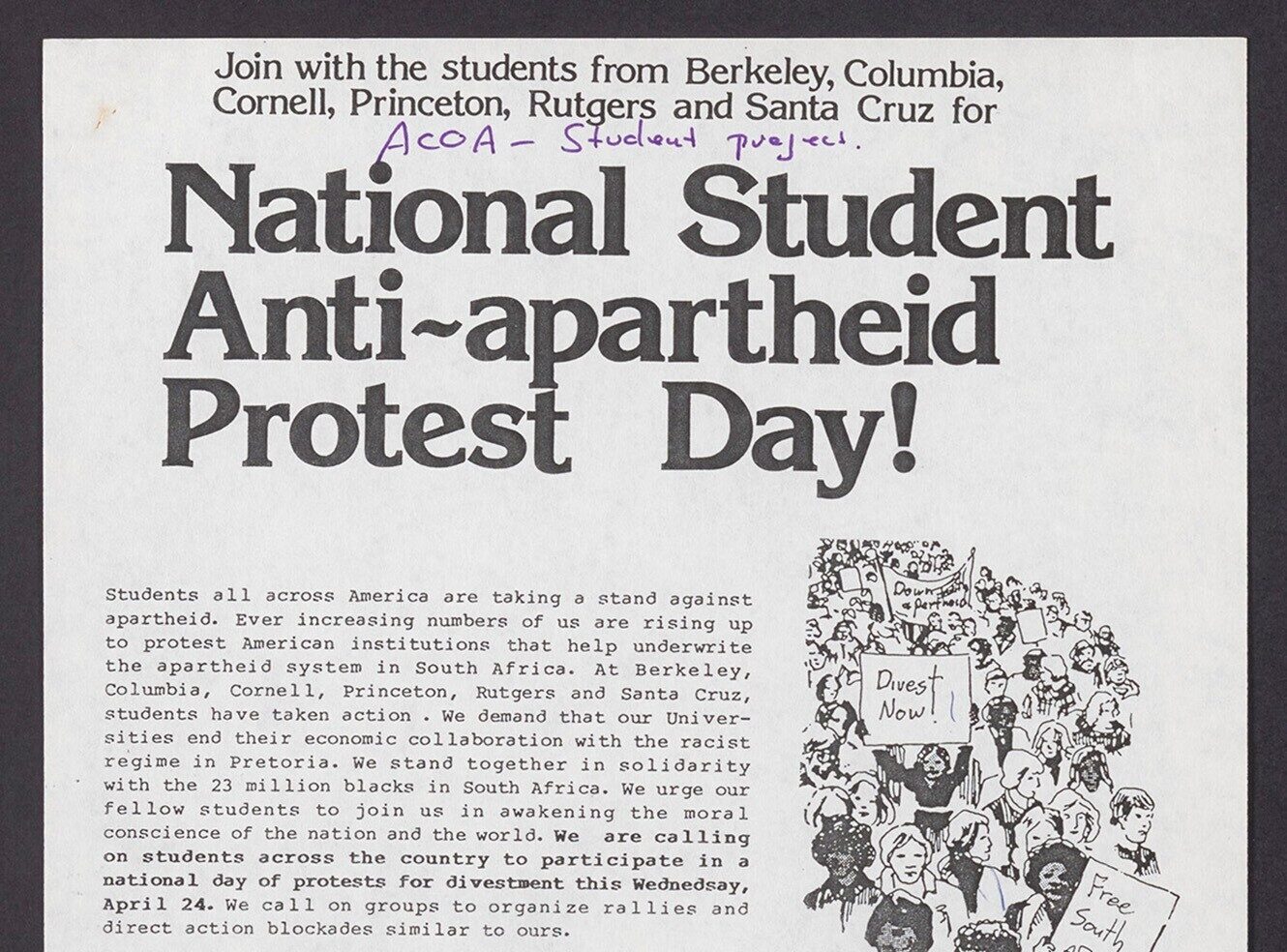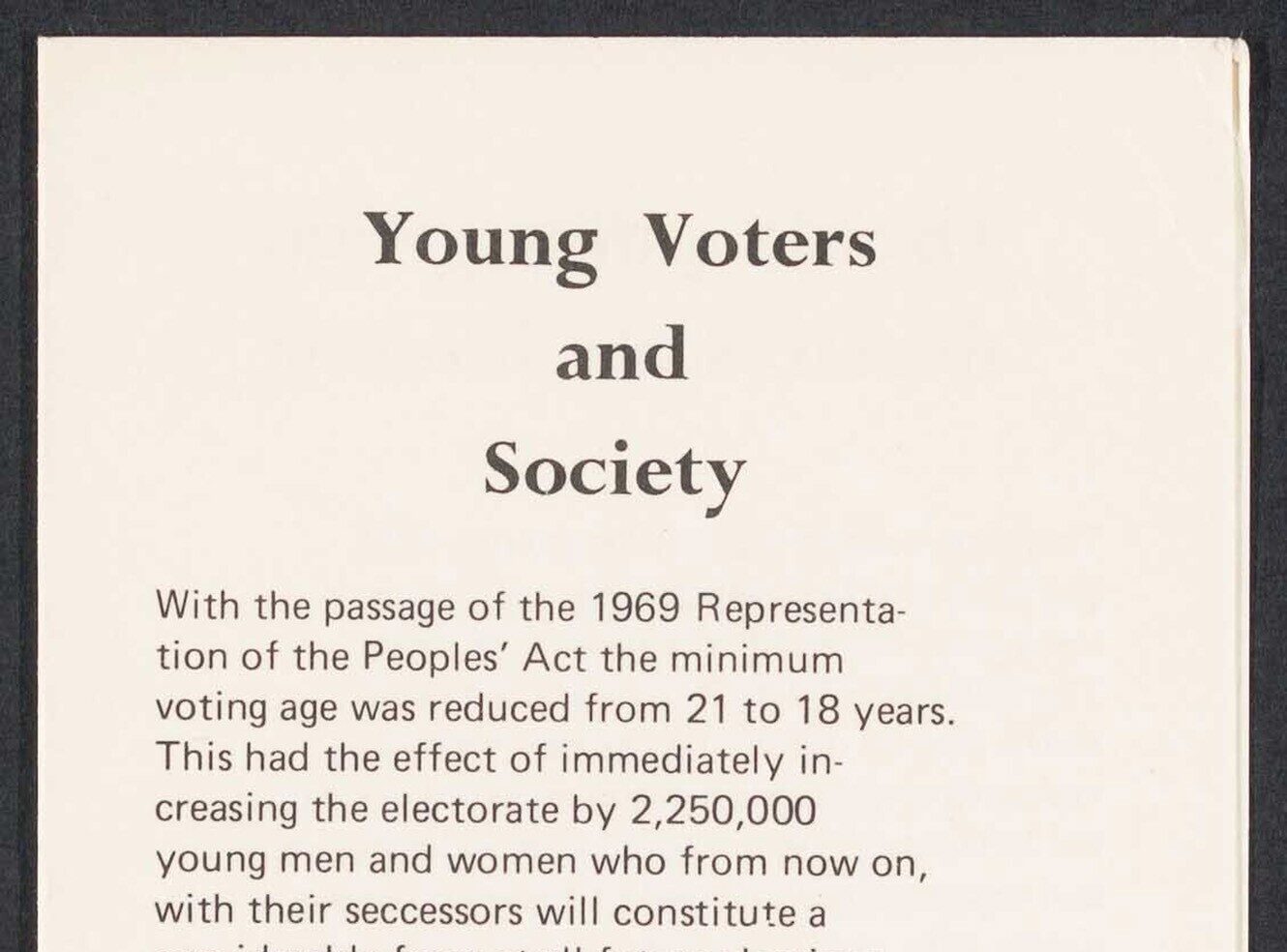March on the Pentagon
In 1967, the sentiment against the Vietnam War had spread nationwide. Many Americans had protested U.S participation and had become involved in a largely nonviolent and diverse war resistance. In October of 1967, at a march in Washington organised by The National Mobilisation Committee to End the War in Vietnam, the anti-war movement entered a new stage – typified by a willingness to engage in direct confrontation with authority. This became known as the March on the Pentagon.
On October 21st, 1967, protestors gathered at the Lincoln Memorial and marched over the Memorial Bridge towards the Pentagon to ask for an end to the conflict. Several thousand federal troops and U.S Marshals were stationed with tear gas and rifles to protect the Pentagon. When protestors challenged the line of government forces, they were met with force and many were subsequently arrested.
Whilst looking through Adam Matthew’s Popular Culture in Britain and America, 1950-1975, I came across an article by Margie Stamberg in the Washington Free Press that gave a retrospective account of the event. I found the tone and language used by Stamberg interesting. The terminology used provides evidence for the confrontational direction the anti-war movement was to take.

Stamberg frequently uses military terminology in the article – suggesting the protest was seen as a battle between opposing enemies. Specifically, she writes ‘Some of those who had scaled the wall, rushed the side door to the main pentagon entrance.’ These actions are described as establishing a “temporary Pentagon beach head.” This is a term used to describe a position being taken by enemy forces.

Furthermore, there is reference to the “right flank” as she describes the main mobile leaders veering to the right of the building to engage military police between the east wing. Below is a military style map used to demonstrate the actions of the protestors.

Stamberg uses emotive language throughout – she compares the protestors to the “Vietnamese men and women slaughtered previously,” referring to the experience as a “miniature Vietnam.” The article reveals a nation deeply split, with government forces often being referred to as the “enemy.” This was a battle between two opposing sides that saw each other as unpatriotic and traitorous.
The protest was a dramatic sign of the reducing support for the war in Vietnam. Despite the anti-war efforts, the War in Vietnam would claim 58,220 American lives before the U.S finally withdrew in 1975. The march on the Pentagon was a defining moment of the anti-war movement and is now part of the collective memory of the Vietnam War.
Our collection, Popular Culture in Britain and America, 1950-1975, is available now. For more information, including trial access and price enquiries, please contact info@amdigital.co.uk.
Recent posts

The blog highlights American Committee on Africa, module II's rich documentation of anti-apartheid activism, focusing on the National Peace Accord, global solidarity, and student-led divestment campaigns. It explores the pivotal role of universities, protests, and public education in pressuring institutions to divest from apartheid, shaping global attitudes toward social justice and reform.

This blog examines how primary sources can be used to trace the impact of young voices on society, particularly during pivotal voting reforms in the UK and the US. Explore materials that reveal insights into youth activism, intergenerational gaps, and societal perceptions, highlighting their interdisciplinary value for studying youth culture, activism, and girlhood across history.
